.jpg)
Geylang hosts Singapore's wild side, unless the APEC Summit is in town, like last weekend.
Though we are in Bangkok this week, we thought we should share our extreme gastronomic experience from Saturday. A birthday dinner was organized for a new friend at Sin Huat Eating House, one of Singapore's most
revered food
institutions (follow this link for a great 2003 article highlighting almost all of Singapore's food traditions). Revered should not be taken to mean refined. Sin Huat is really a streetside cafe with plastic chairs and
poor service perched hard against the traffic of Geylang, the artery of Singapore's red-light district. But chef Danny Lee keeps up the coffeeshop's reputation with outstanding seafood of all sorts.
No white tablecloths or starched napkins here. Bring your own package of tissues.
The meal involved a progression of platters served up according to the whim of the chef and/or the stall aunty, staring with a perfunctory vegetable platter of kailan. After eating some greens, it was a serious seafood derby.
We had fresh scallops, pulled out of the bubbling fish tanks by Chef Danny himself and heartily slathered in a dark garlicky black-bean sauce, but bigger adventures awaited with the gung gung lala.
Gung Gung lala with spicy dipping sauce. The garlic scallops appear in the foreground.
Gung gung come steamed in the shell with a fistful of wooden skewers by which diners can spear and drag out the meat. The dipping sauce provided was a sinus busting combination of chilies, spring onion, coriander, and salty soy sauce, plus a number of other additions. Gung gung are only a little bit chewy and taste slightly of the sea, as might be expected when uncoiling the body of an animal from tidal waters.
Prawns. Prawns. Prawns.
The prawns in garlic presented one of the real standouts from the night. Again the seafood was fresh and the garlic was generous, and everyone was ecstatic to find the motherlode of flavorful buttery drippings pooled underneath the rows of shrimp tails. Just about any edible item on the table got dredged through that nectar, including the al dente squid rings that followed.
Three-crab pile-up on the east end of Geylang.
However, the crab bee hoon was the real piece-de-resistance of the evening, and THE reason visitors flock to Sin Huat. Big Sri-Lankan crabs are served with vermicelli that soaks up all sorts of essence from the shellfish. The combination is wet and salty and flavorful. Seasoned diners, like the generous chap directing the evening, ask specifically for female crabs because they include potent dry roe that mixes in with the ginger, chili, and stock sauce and hides itself amongst the noodles. Divine. Of course, female crabs do have one drawback: no claws. Not that I let this detail stop me. I think I was full for the rest of the weekend.
.jpg)
.jpg)
.jpg)
.jpg)
.jpg)
.jpg)
.jpg)
.jpg)
.jpg)
.jpg)
.jpg)
.jpg)



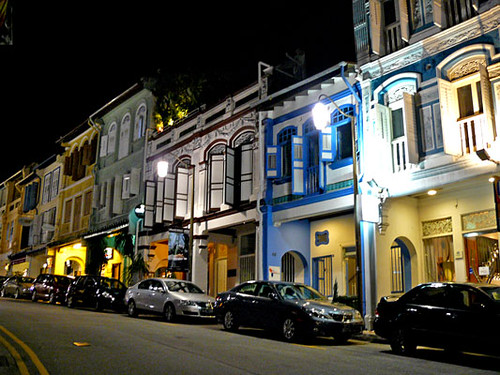
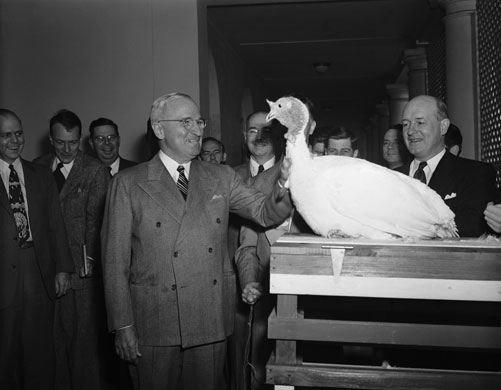



.jpg)
.jpg)
.jpg)
.jpg)
.jpg)
.jpg)
.jpg)
.jpg)
.jpg)
.jpg)
.jpg)
.jpg)
.jpg)
.jpg)
.jpg)











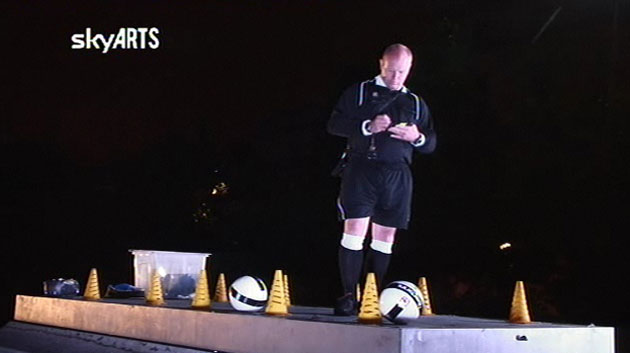





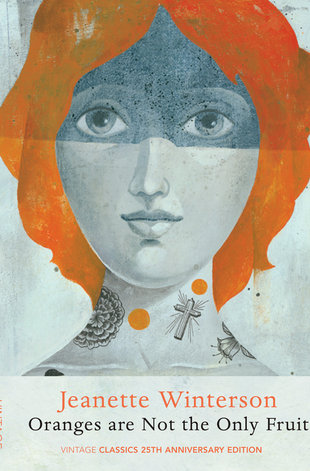
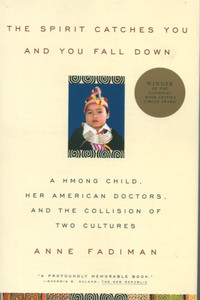
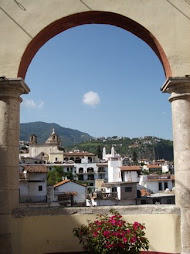




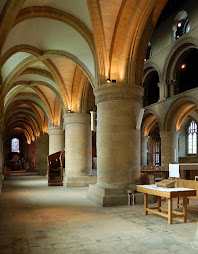.jpg)